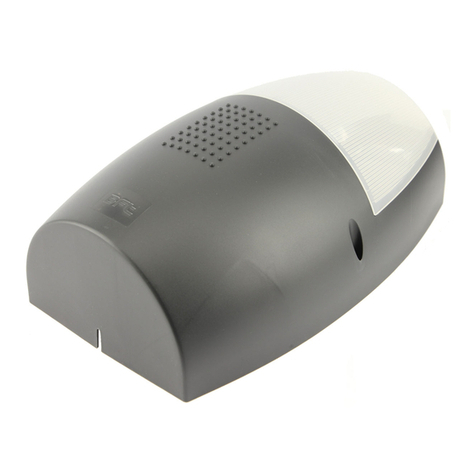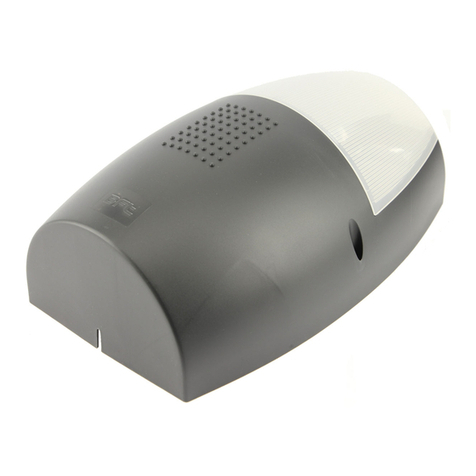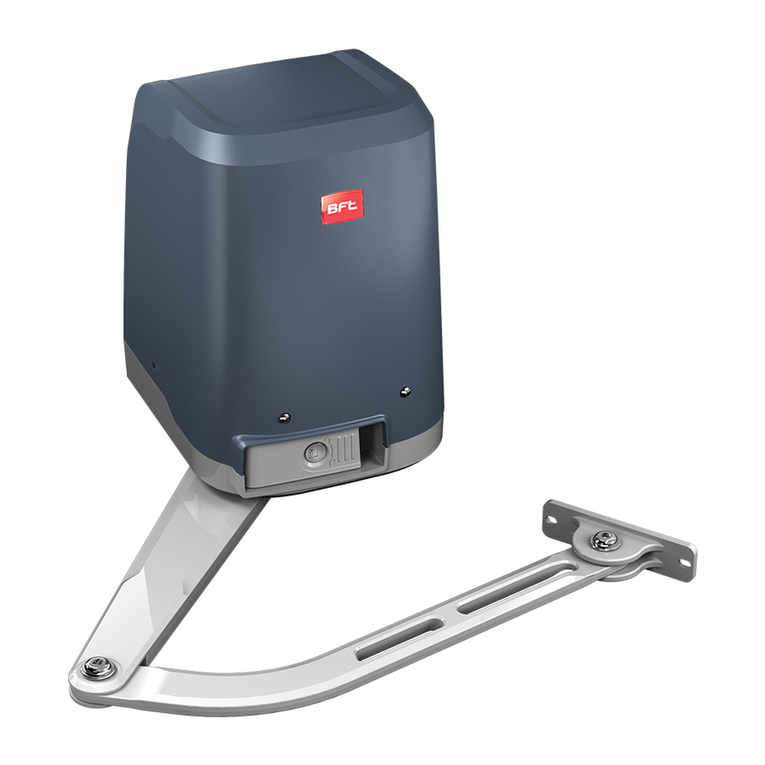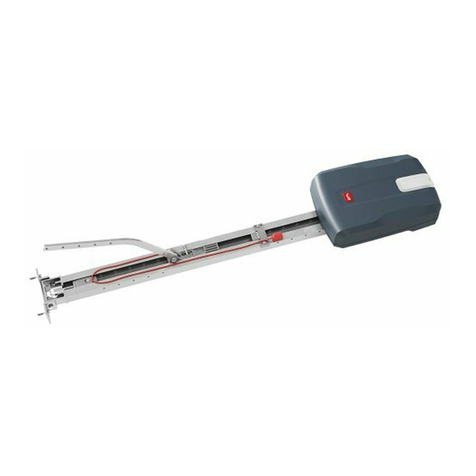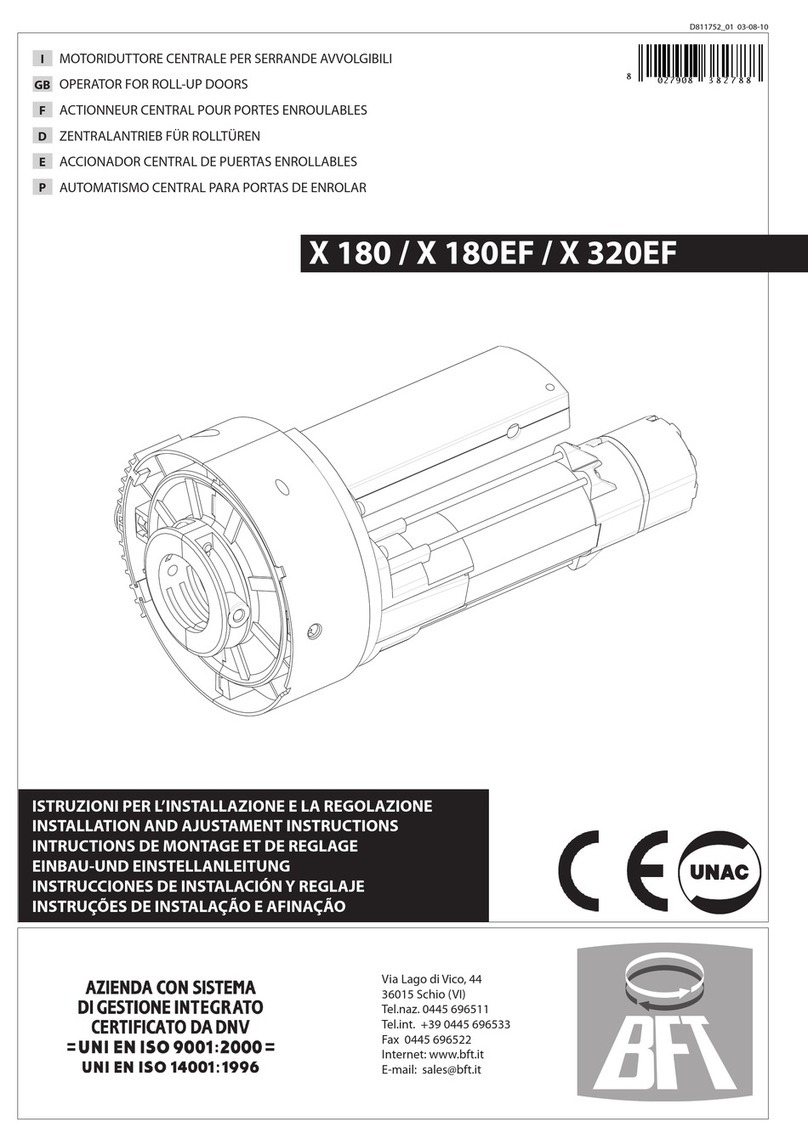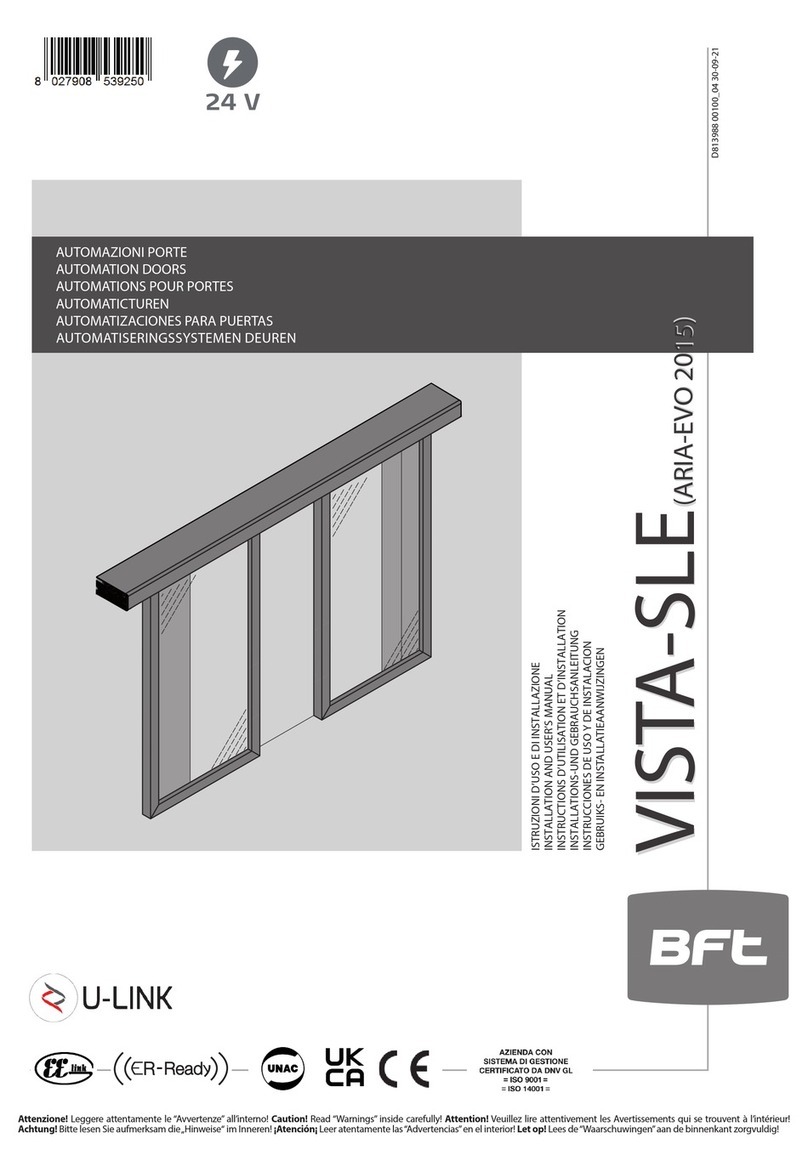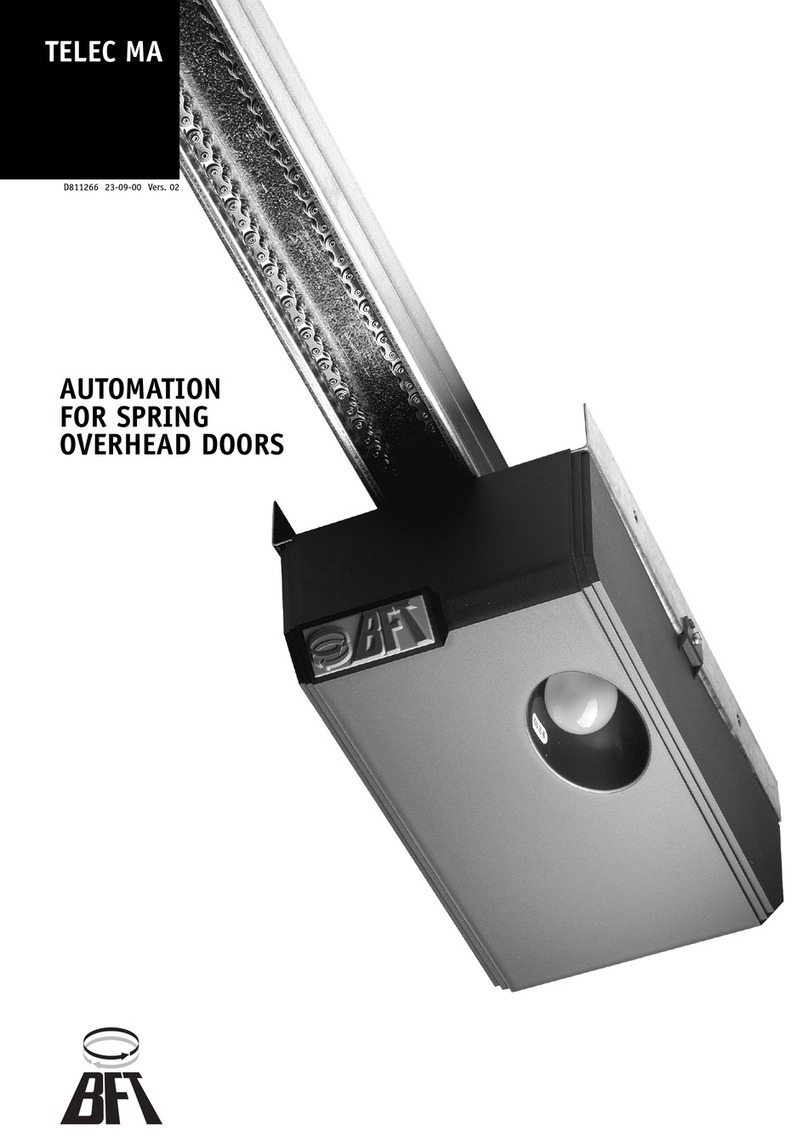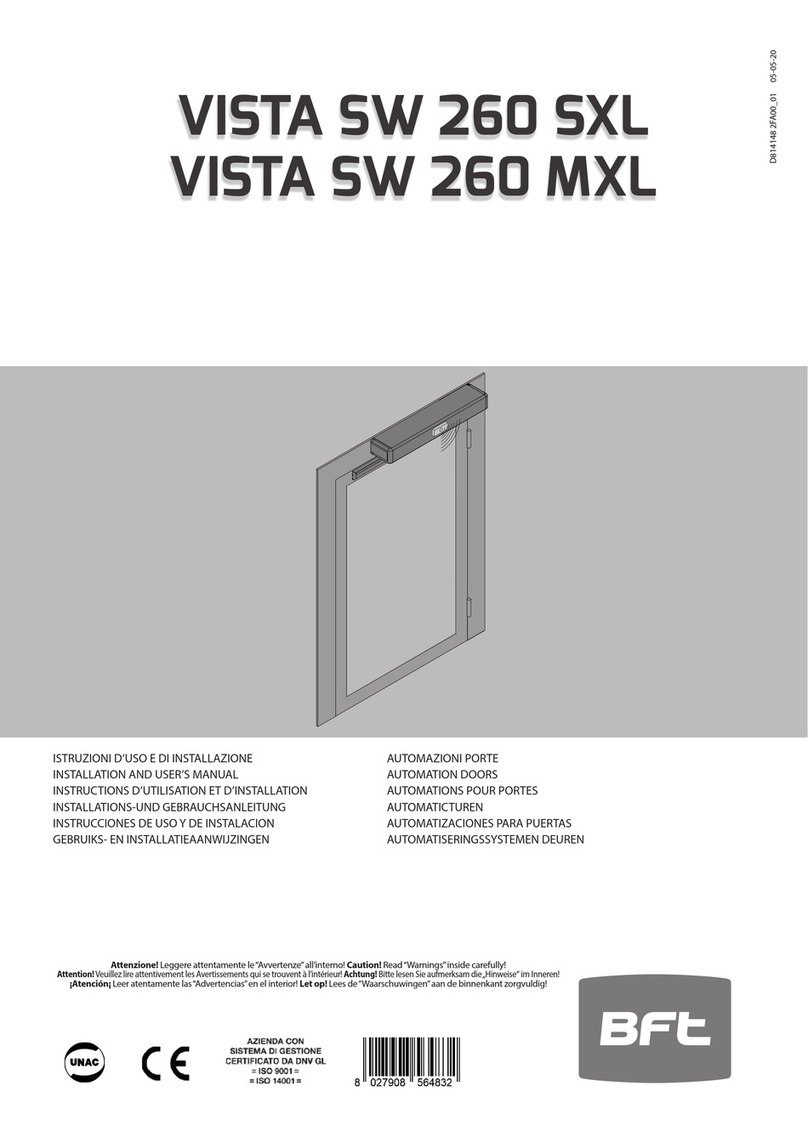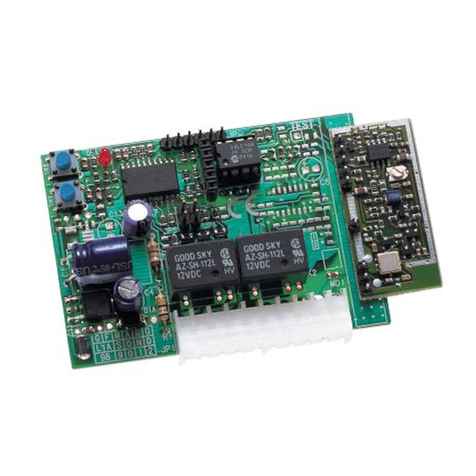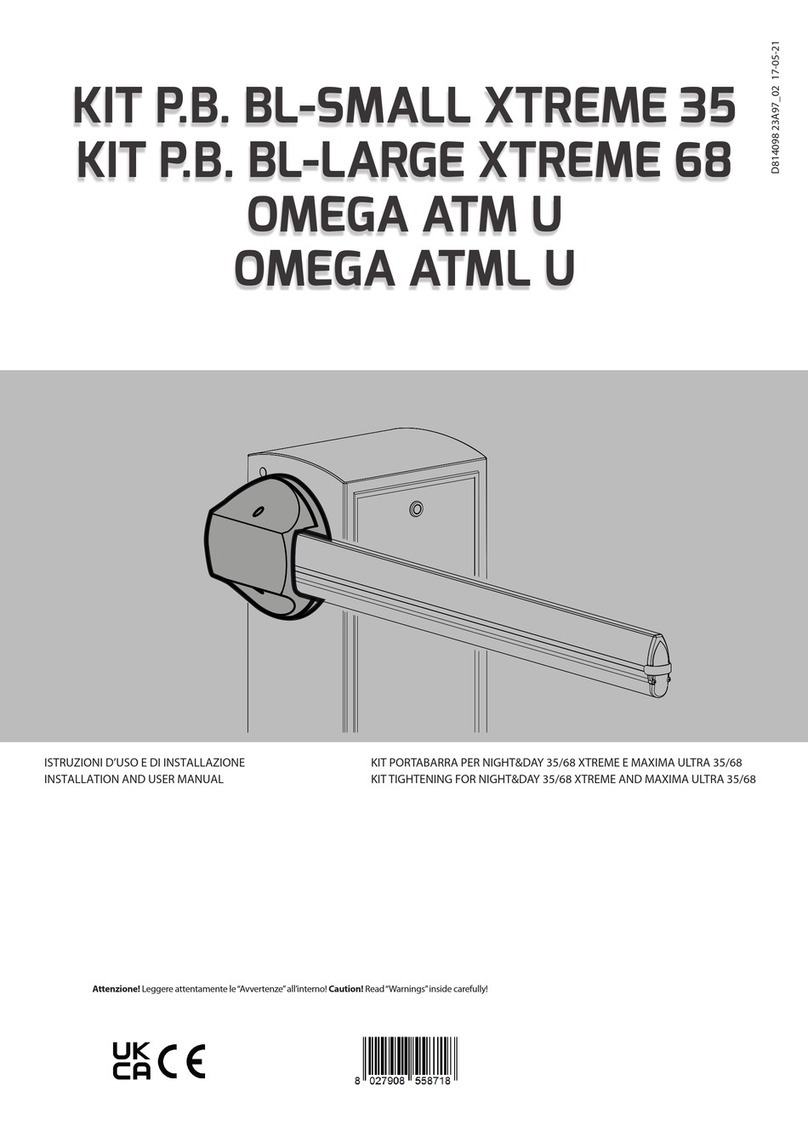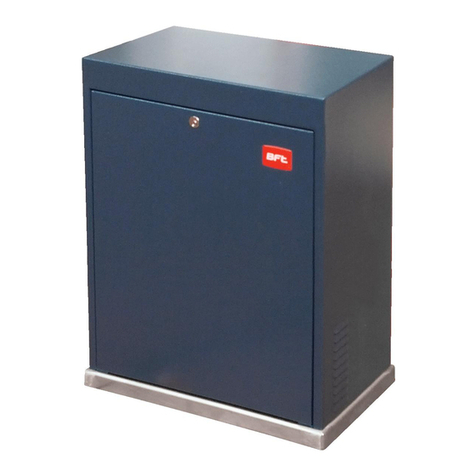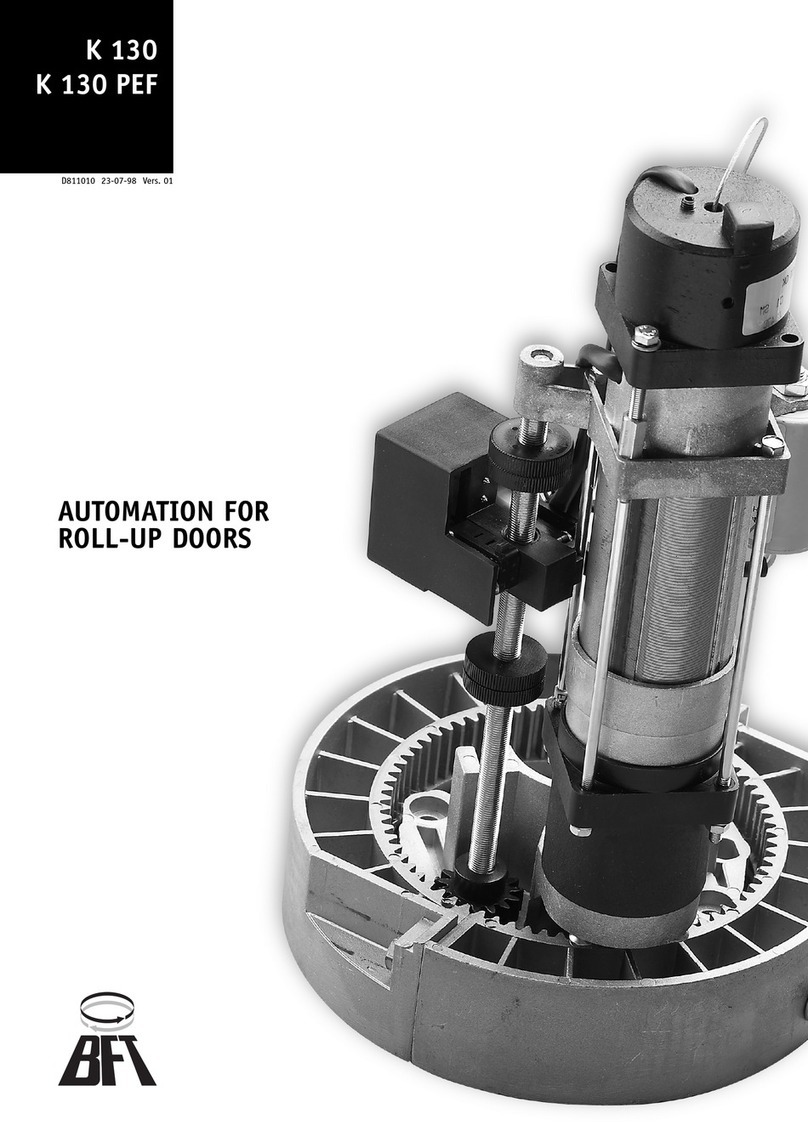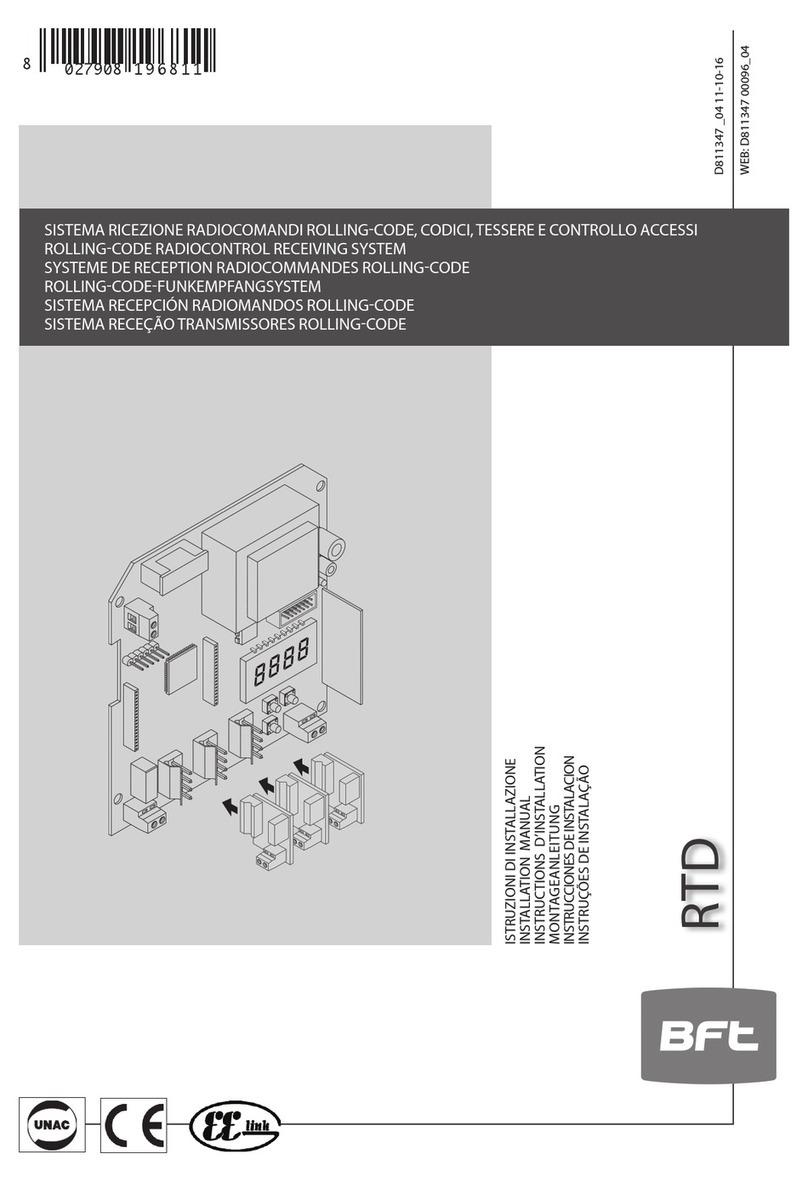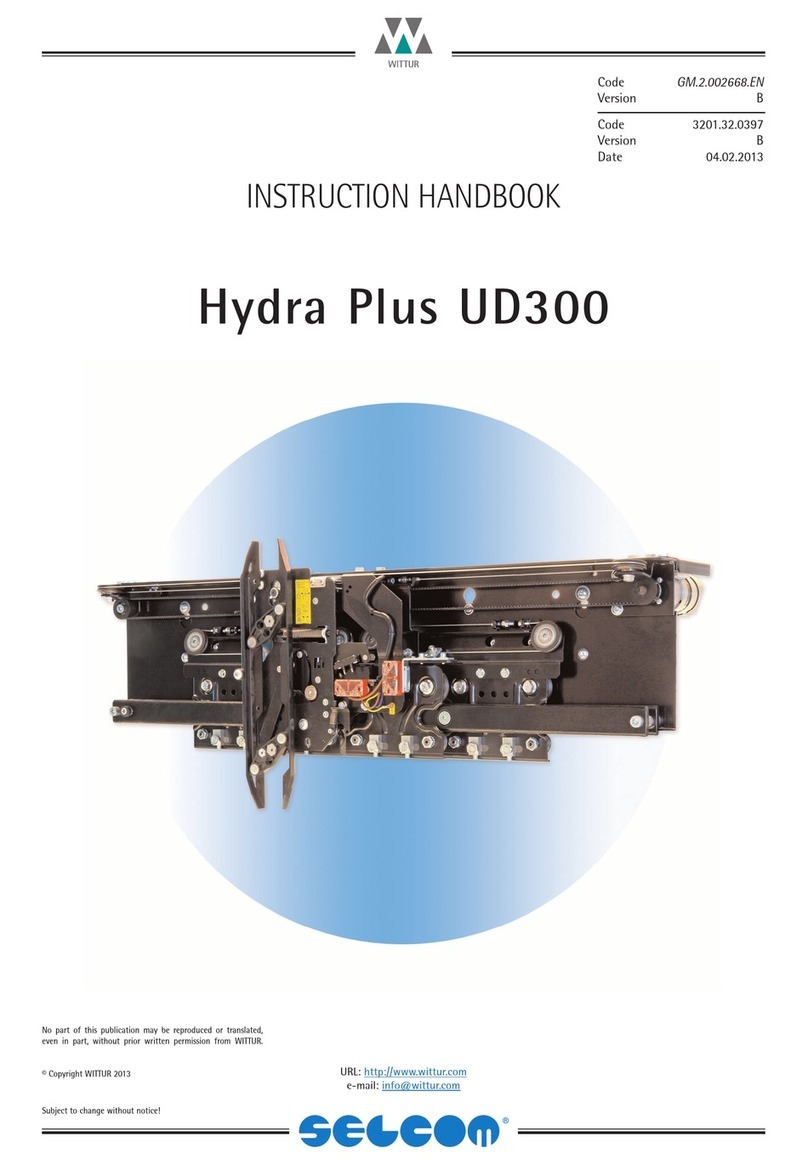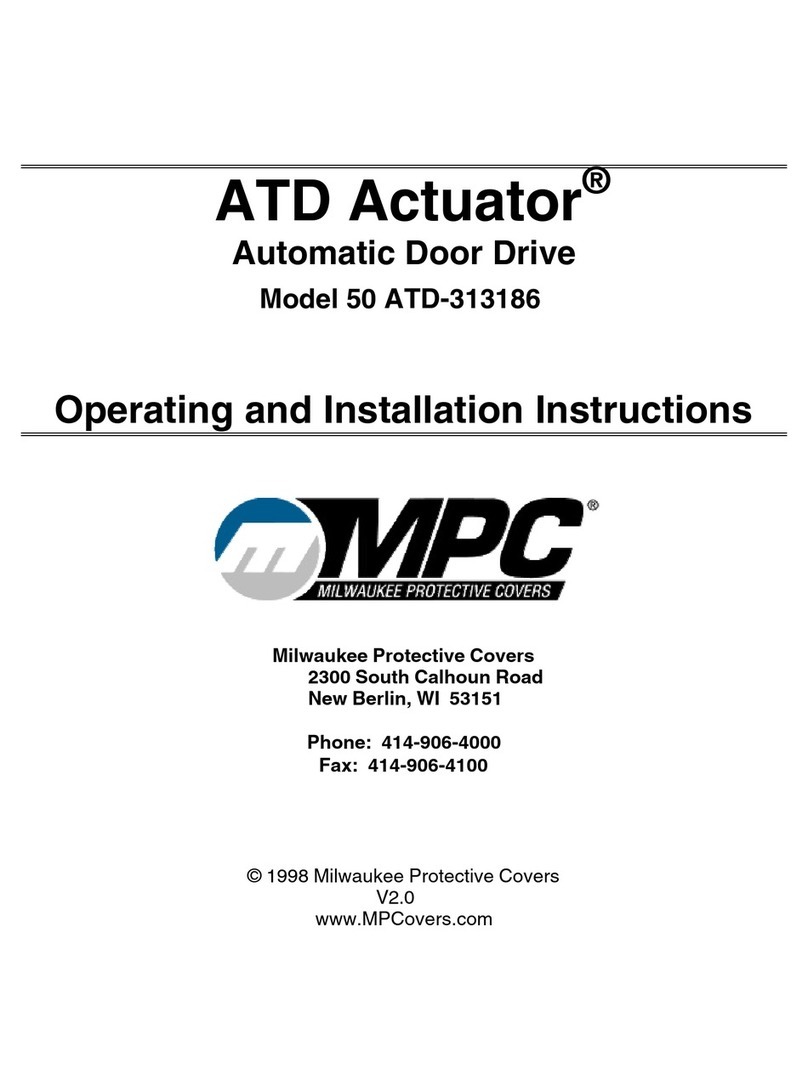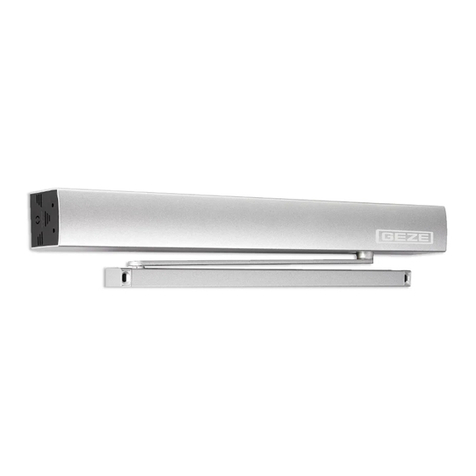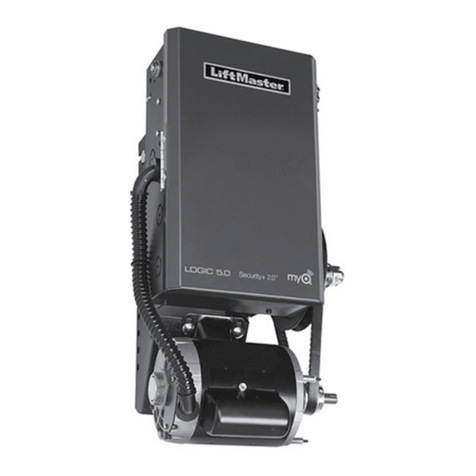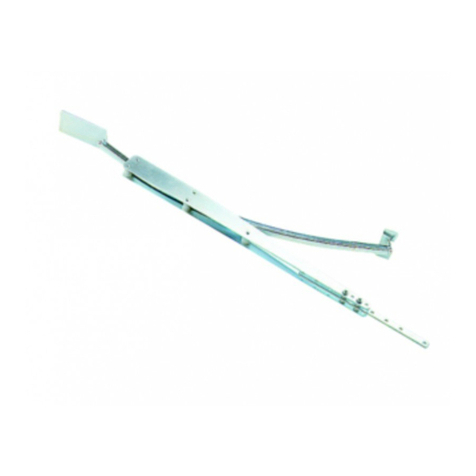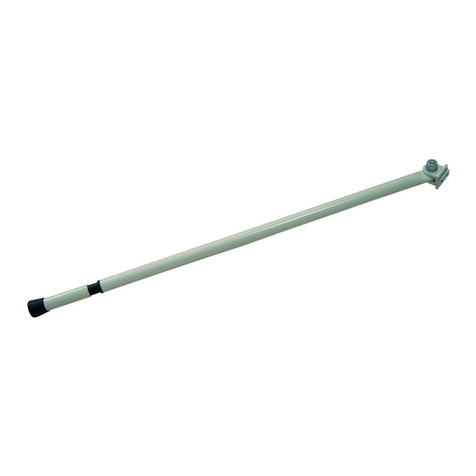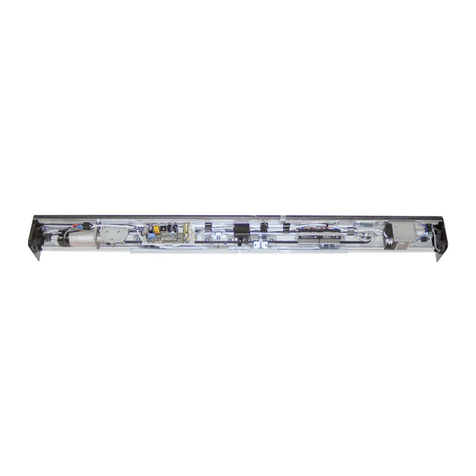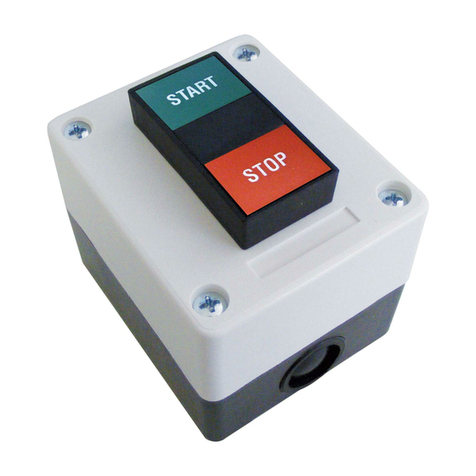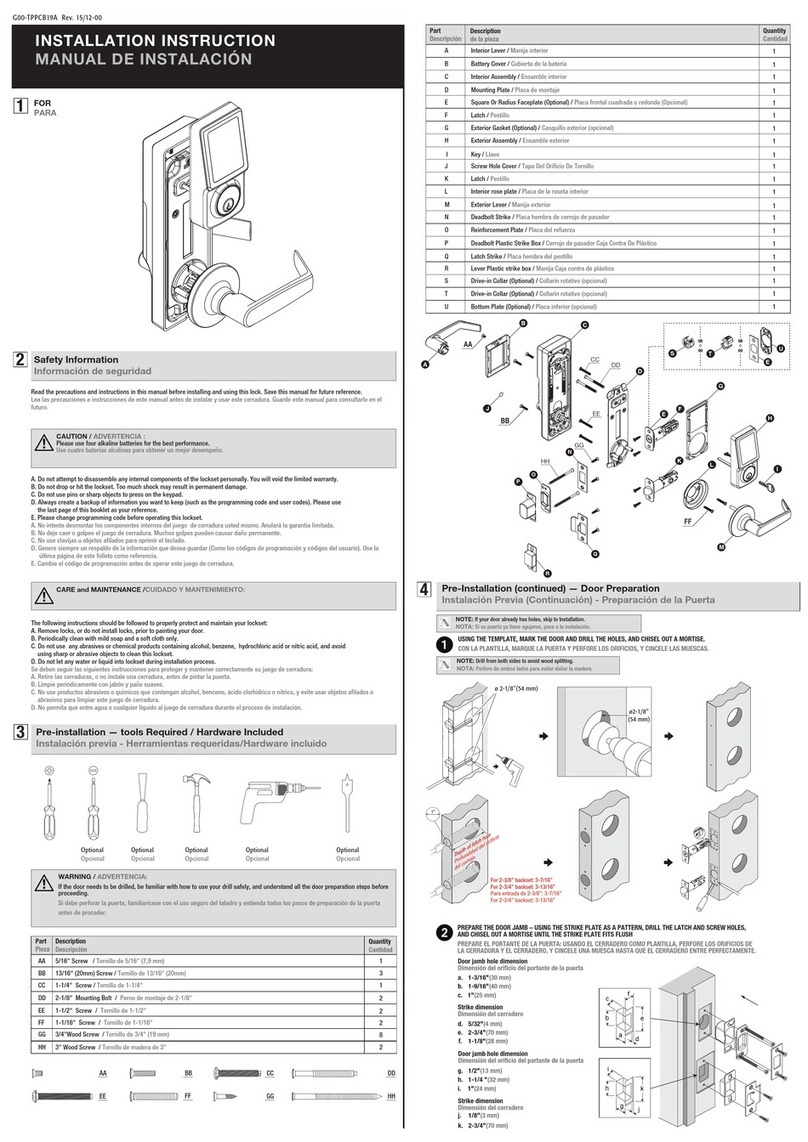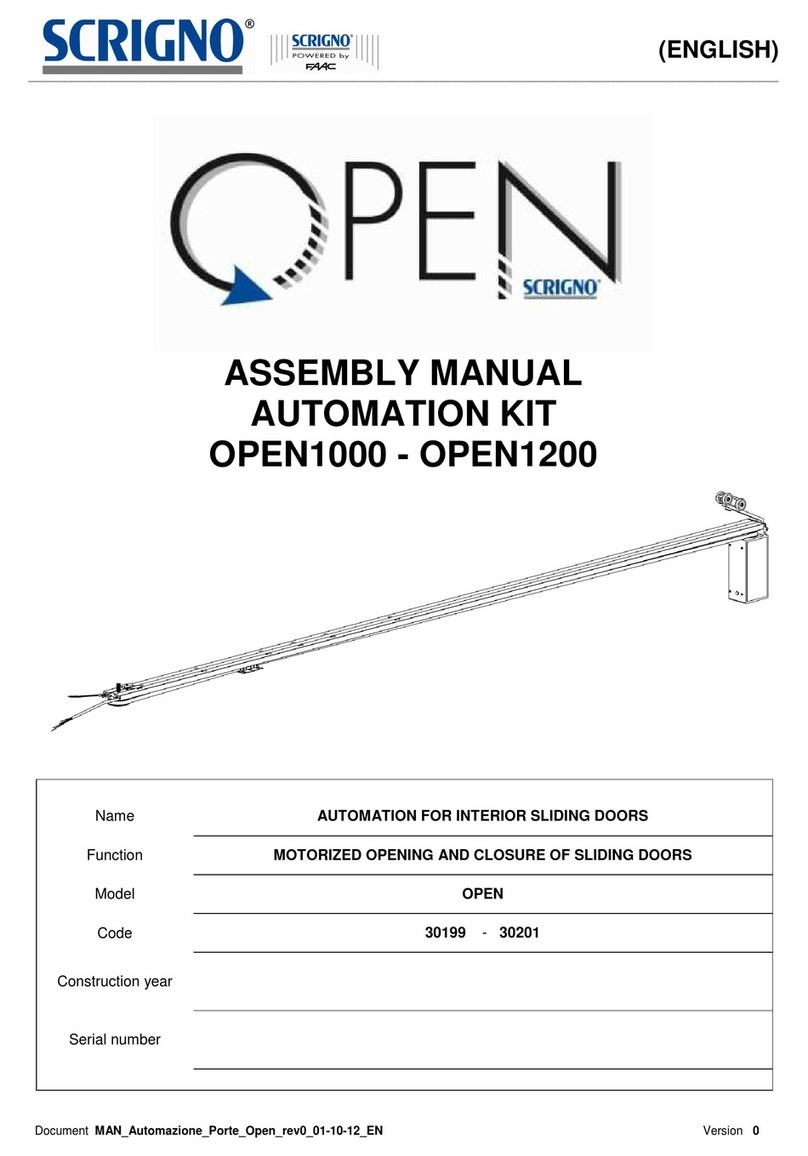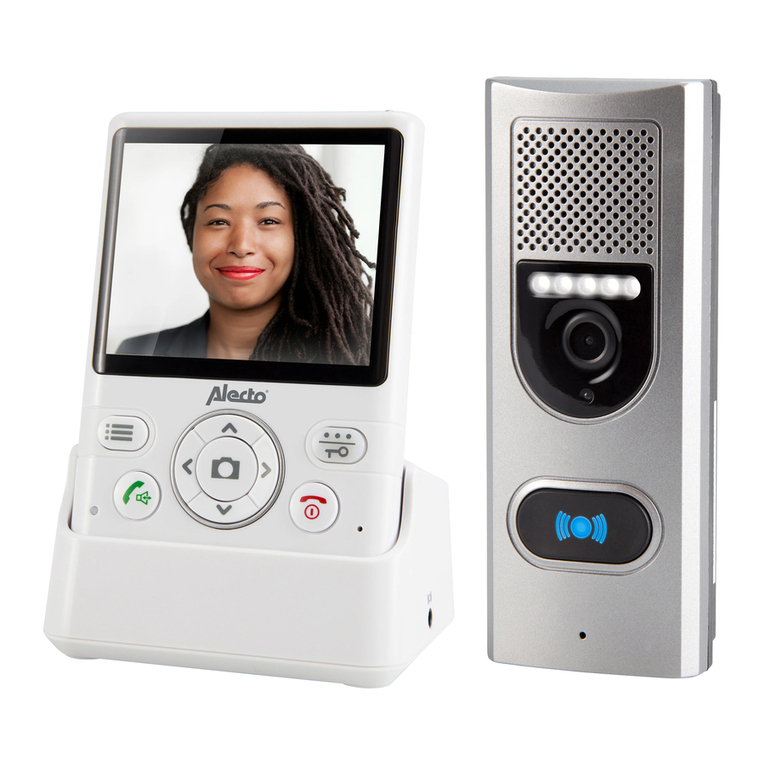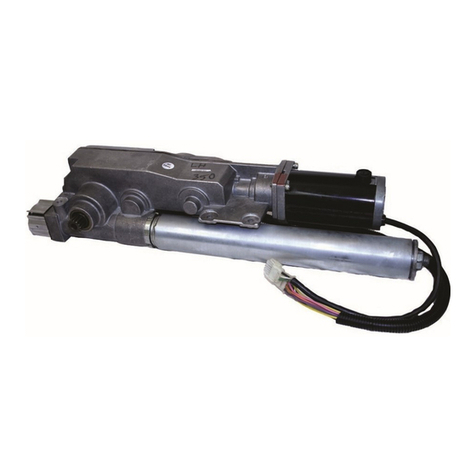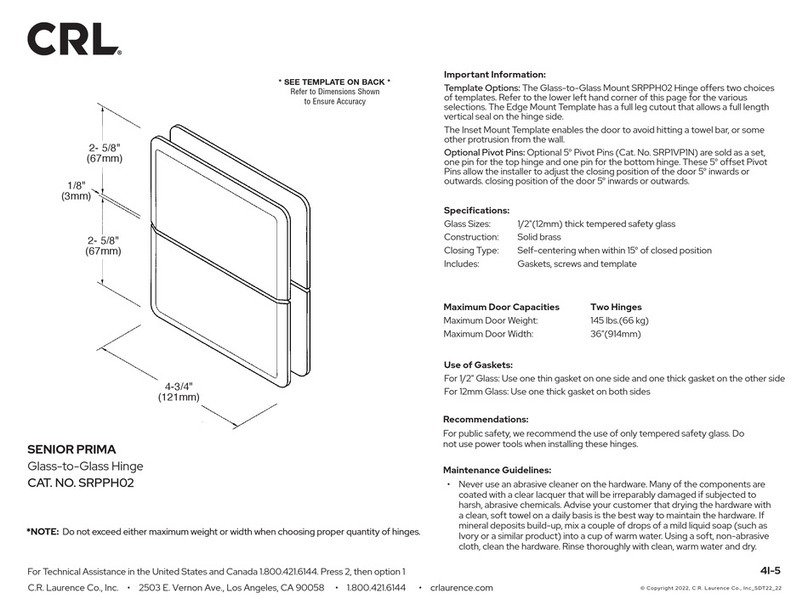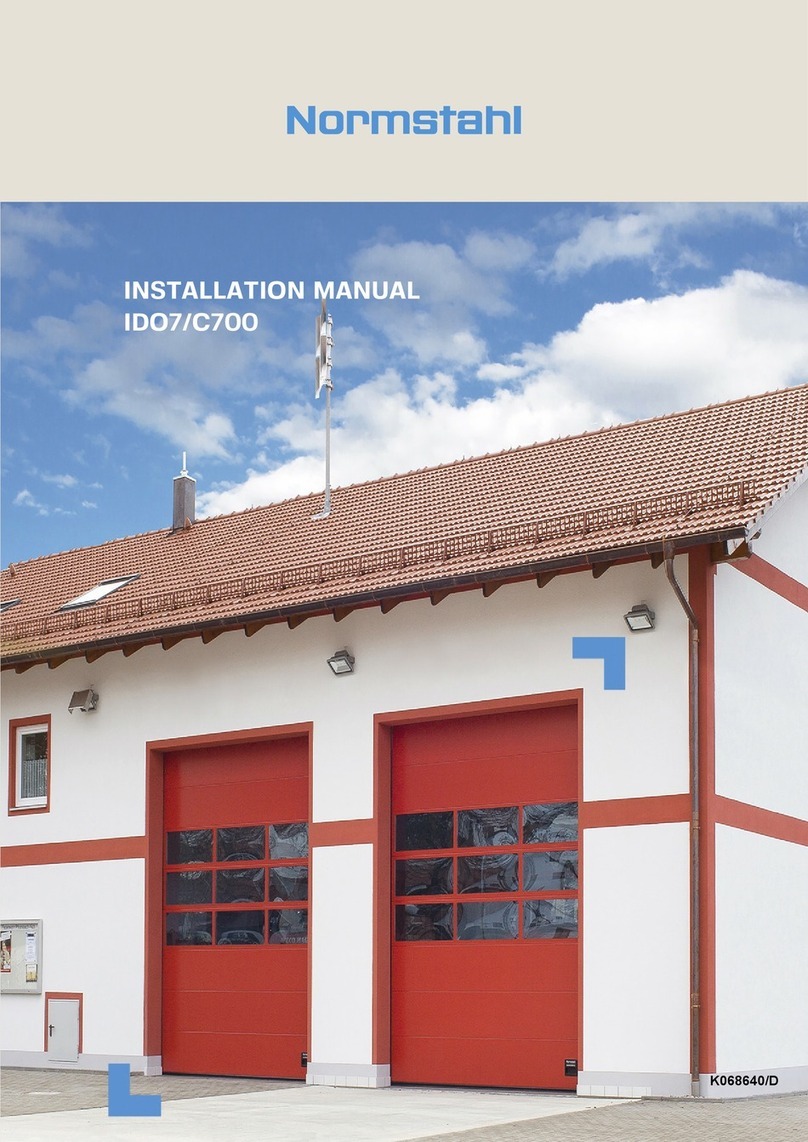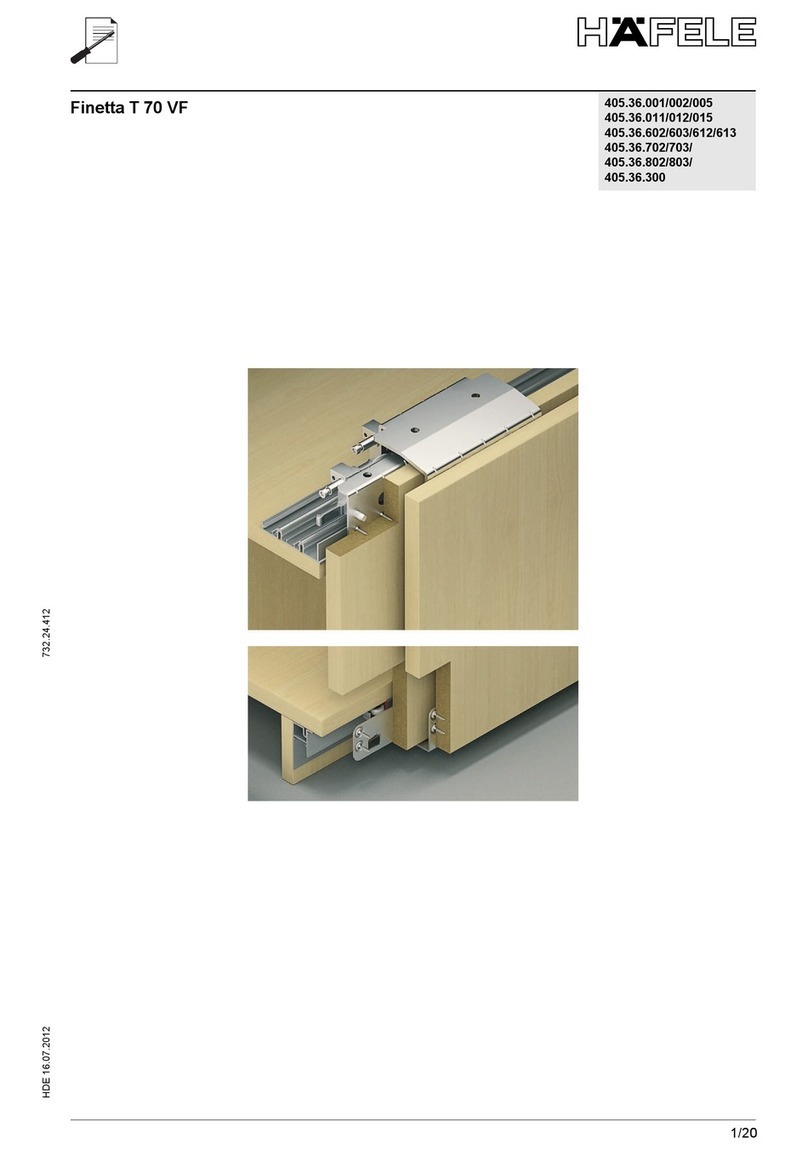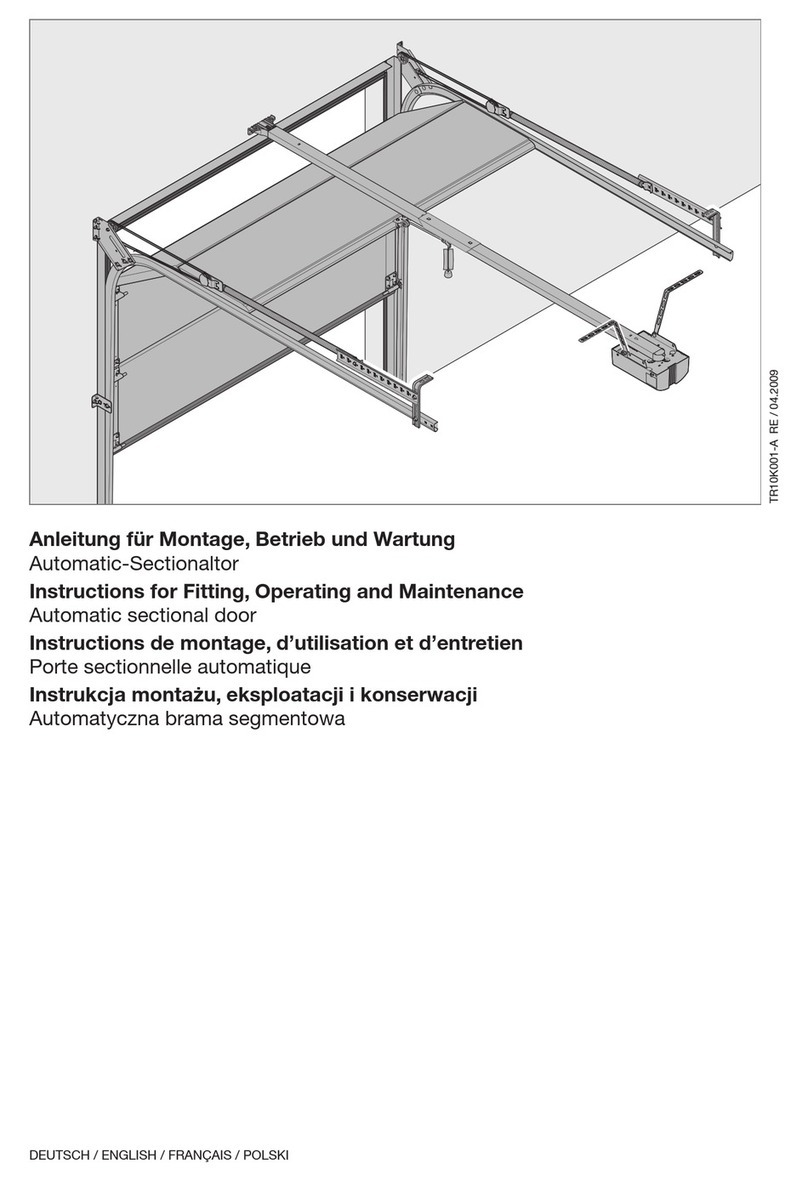
MANUALE PER L’INSTALLAZIONE
ATTENZIONE Importanti istruzioni di sicurezza. Leggere e seguire attentamente
l’opuscolo Avvertenze ed il Libretto istruzioni che accompagnano il prodotto
poiché una installazione errata può causare danni a persone, animali o cose. Esse
forniscono importanti indicazioni riguardanti la sicurezza, l’installazione, l’uso e
la manutenzione. Conservare le istruzioni per allegarle al fascicolo tecnico e per
consultazioni future.
1) SICUREZZA GENERALE
- Gli elementi costruttivi della macchina e l’installazione devono essere in ac-
cordo con le seguenti Direttive Europee: 2004/108/CEE, 2006/95/CEE,98/37/
CEE, 89/106/CEE e loro modiche successive. Per tutti i Paesi extra CEE, oltre
alle norme nazionali vigenti, per un buon livello di sicurezza è opportuno ri-
spettare anche le norme citate.
- La Ditta declina qualsiasi responsabilità derivante da un uso improprio o di-
verso da quello per cui è destinato ed indicato nella presente documenta-
zione nonché dall’inosservanza della Buona Tecnica nella costruzione delle
chiusure (porte, cancelli, ecc.) e dalle deformazioni che potrebbero vericarsi
durante l’uso.
- Vericare che l’intervallo di temperatura dichiarato sia compatibile con il luo-
go destinato all’installazione dell’automazione.
- Non installare il prodotto in atmosfera esplosiva.
- Togliere l’alimentazione elettrica, prima di qualsiasi intervento sull’impianto.
Scollegare anche eventuali batterie tampone se presenti.
- Prevedere sulla rete di alimentazione dell’automazione, un interruttore o un
magnetotermico onnipolare con distanza di apertura dei contatti uguale o
superiore a 3,0 mm.
- Vericare che a monte della rete di alimentazione, vi sia un interruttore die-
renziale con soglia da 0.03A.
- Vericare se l’impianto di terra è realizzato correttamente: collegare tutte
le parti metalliche della chiusura (porte, cancelli, ecc.) e tutti i componenti
dell’impianto provvisti di morsetto di terra.
- L’installazione deve essere fatta utilizzando dispositivi di sicurezza e comandi
conformi alla EN 12978.
- Applicare tutti i dispositivi di sicurezza (fotocellule, coste sensibili, ecc.) ne-
cessari a proteggere l’area da pericoli di schiacciamento, convogliamento,
cesoiamento.
- Il motore non può essere installato su ante che incorporano delle porte (a
meno che il motore non sia attivabile quando la porta è aperta)
- Se l’automazione è installata ad una altezza inferiore a 2,5 m o se è accessibile,
è necessario garantire un adeguato grado di protezione delle parti elettriche
e meccaniche.
- Installare qualsiasi comando sso in vista della porta ma lontano da parti mo-
bili. A meno che il comando non sia a chiave, deve essere installato a una
altezza di almeno 1,5 m e non accessibile al pubblico
- Applicare almeno un dispositivo di segnalazione luminosa (lampeggiante) in
posizione visibile, ssare inoltre alla struttura un cartello di Attenzione.
- Se non ci sono già indicazioni, ssare in modo permanente una etichetta re-
lativa al funzionamento del rilascio manuale e apporle vicino all’organo di
manovra.
- Assicurarsi che durante la manovra sia evitato lo schiacciamento tra parte
guidata e parti sse circostanti
- Dopo aver eseguito l’installazione, assicurarsi che il settaggio del motore sia
correttamente impostato e che i sistemi di protezione e di sblocco funzionino
correttamente.
- Usare esclusivamente parti originali per qualsiasi manutenzione o ripara-
zione. La Ditta declina ogni responsabilità ai ni della sicurezza e del buon
funzionamento dell’automazione se vengono impiegati componenti di altri
produttori.
- Non eseguire alcuna modica ai componenti dell’automazione se non espres-
samente autorizzata dalla Ditta.
- Smaltire i materiali di imballo (plastica, cartone, polistirolo, ecc.) secondo
quanto previsto dalle norme vigenti. Non lasciare buste di nylon e polistirolo
alla portata dei bambini.
Attenzione! Per il collegamento alla rete, utilizzare cavo multipolare di
sezione minima 4x1.5mm2e del tipo previsto dalle normative precedente-
mente citate (a titolo di esempio, il cavo può essere del tipo H05 VV-F con
sezione 4x1.5mm2). Per il collegamento degli ausiliari utilizzare conduttori
con sezione minima di 1 mm2.
Prevedere un interruttore onnipolare con apertura contatti di almeno 3
mm provvisto di protezione contro i sovraccarichi, atto a sezionare l’auto-
mazione dalla rete.
Utilizzare esclusivamente pulsanti con portata non inferiore a 10A-250V.
I conduttori devono essere vincolati da un ssaggio supplementare in
prossimità dei morsetti per esempio mediante fascette.
Il cavo di alimentazione, durante l’installazione, deve essere sguainato in
mododapermettereilcollegamento del conduttore diterraall’appropriato
morsettolasciandoperòiconduttoriattiviilpiùcortipossibile.Ilconduttore
diterradeveesserel’ultimoatendersiincasodiallentamentodeldispositivo
di ssaggio del cavo.
ATTENZIONE: i conduttori a bassissima tensione di sicurezza devono
essere sicamente separati dai conduttori a bassa tensione.
L’accessibilità al vano elettrico e dei necorsa deve essere eseguita esclusi-
vamente da personale qualicato.
Deve essere garantito il rispetto delle norme di sicurezza vigenti per quanto
riguarda le persone, animali e cose, e in particolare devono essere evitati rischi di
infortunidovutiaschiacciamento.Tuttiipunticriticidovrannoessereprotettida
dispositivi di sicurezza secondo quanto prevedono le normative vigenti.
VERIFICA DELL’AUTOMAZIONE
Prima di rendere denitivamente operativa l’automazione, controllare scrupo-
losamente quanto segue:
• Vericare che tutti i componenti siano ssati saldamente.
• Controllare il corretto funzionamento di tutti i dispositivi di sicurezza (foto-
cellule, coste sensibili ecc.)
• Vericare il sistema di antischiacciamento arresti il sistema entro i limiti previsti
dalle norme vigenti.
• Vericare il comando della manovra di emergenza.
• Vericare l’operazione di apertura e chiusura con i dispositivi di comando
applicati.
• Vericare la logica elettronica di funzionamento normale e personalizzata.
USO DELL’AUTOMAZIONE
Poichél’automazionepuòesserecomandataadistanzamedianteradiocomandoo
pulsantedistart,equindinonavista,èindispensabilecontrollarefrequentemente
la perfetta ecienza di tutti i dispositivi di sicurezza. Per qualsiasi anomalia di
funzionamento, intervenire rapidamente avvalendosi di personale qualicato.
Si raccomanda di tenere i bambini a debita distanza dal raggio d’azione dell’au-
tomazione. Secondo il tipo di comando applicato, l’uso dell’automazione deve
osservare quanto viene indicato dall’installatore al ne di operare in situazione
di sicurezza per le persone, animali e cose.
COMANDO
L’utilizzo dell’automazione consente l’apertura e la chiusura della porta in modo
motorizzato. Il comando può essere di diverso tipo (manuale, con radiocomando,
controlloaccessiconbadgemagneticoecc.)secondolenecessitàelecaratteristiche
dell’installazione. Per i vari sistemi di comando, vedere le relative istruzioni.
Gli utilizzatori dell’automazione devono essere istruiti al comando e all’uso.
MANUTENZIONE
Per qualsiasi manutenzione, togliere alimentazione al sistema.
• Vericare periodicamente il sistema di trasmissione del moto.
•
Vericare tutti i dispositivi di sicurezza della porta e della motorizzazione.
• Per qualsiasi anomalia di funzionamento, non risolta, togliere alimentazione
al sistema e richiedere l’intervento di personale qualicato (installatore). Nel
periodo di fuori servizio, attivare lo sblocco manuale per consentire l’apertura
e la chiusura manuale.
DEMOLIZIONE
ATTENZIONE! Avvalersi esclusivamente di personale qualicato. L’eliminazione
deimaterialiva fattarispettandole normevigenti.Nel casodidemolizione dell’au-
tomazione non esistono particolari pericoli o rischi derivanti dall’automazione
stessa. È opportuno, in caso di recupero dei materiali, che vengano separati per
tipologia (parti elettriche - rame - alluminio - plastica - ecc.).
SMANTELLAMENTO
ATTENZIONE! Avvalersi esclusivamente di personale qualicato.
Nel caso l’automazione venga smontata per essere poi rimontata in altro sito
bisogna:
• Togliere l’alimentazione e scollegare tutto l’impianto elettrico esterno.
• Nel caso alcuni componenti non possano essere rimossi o risultino danneg-
giati, provvedere alla loro sostituzione.
ITALIANO
